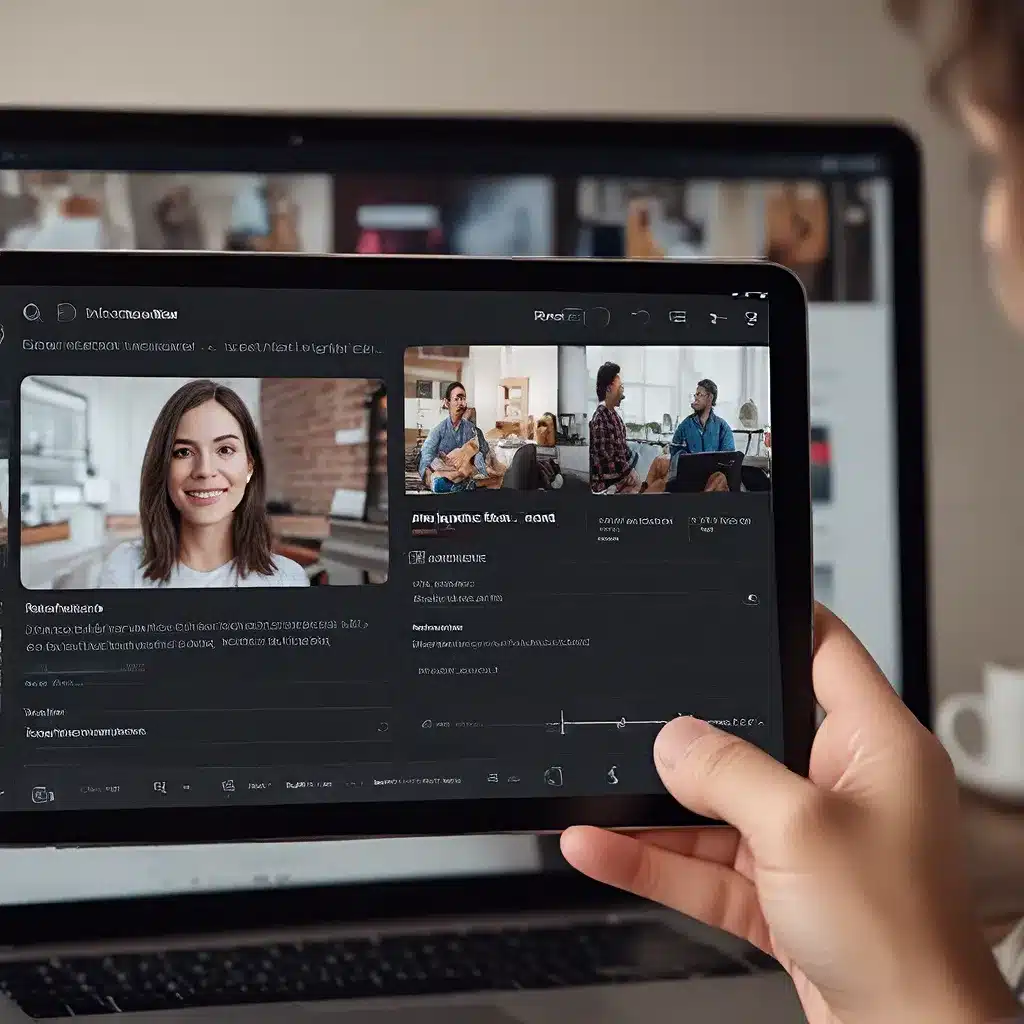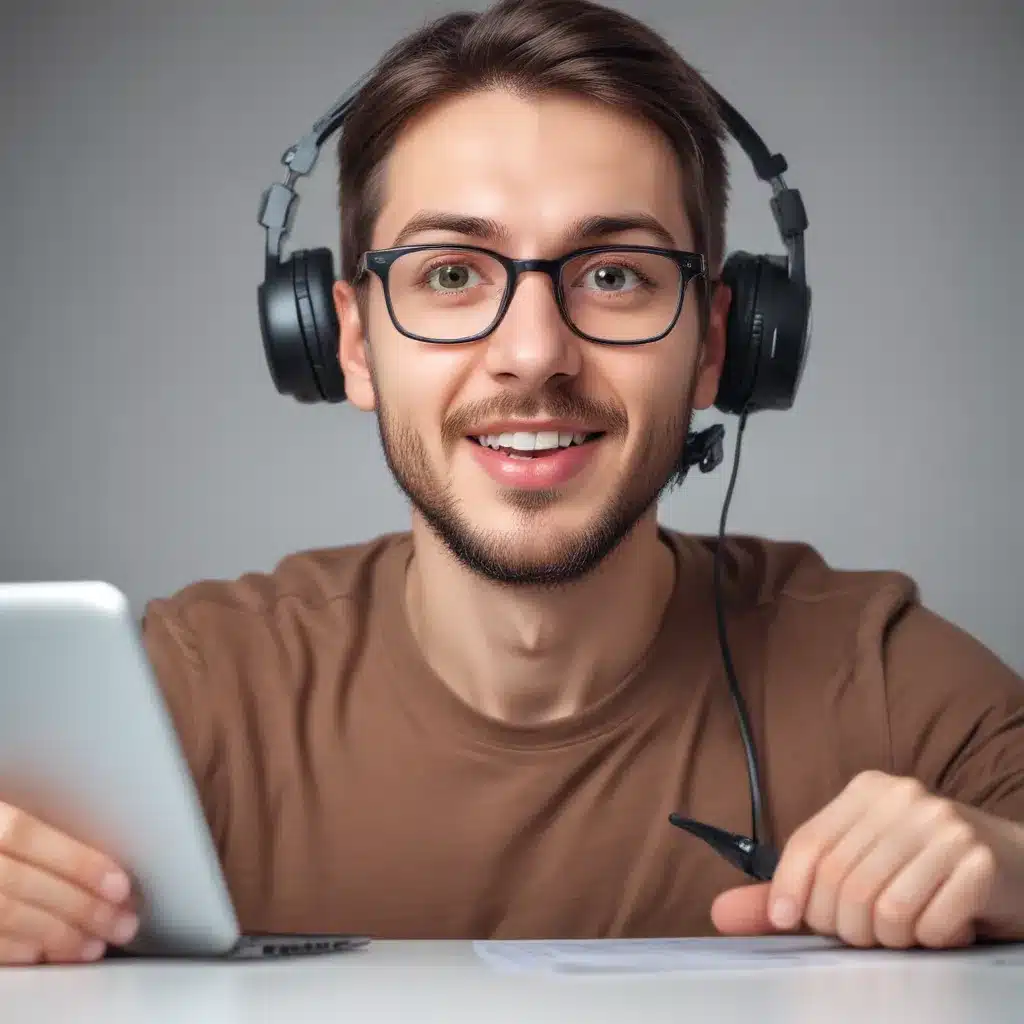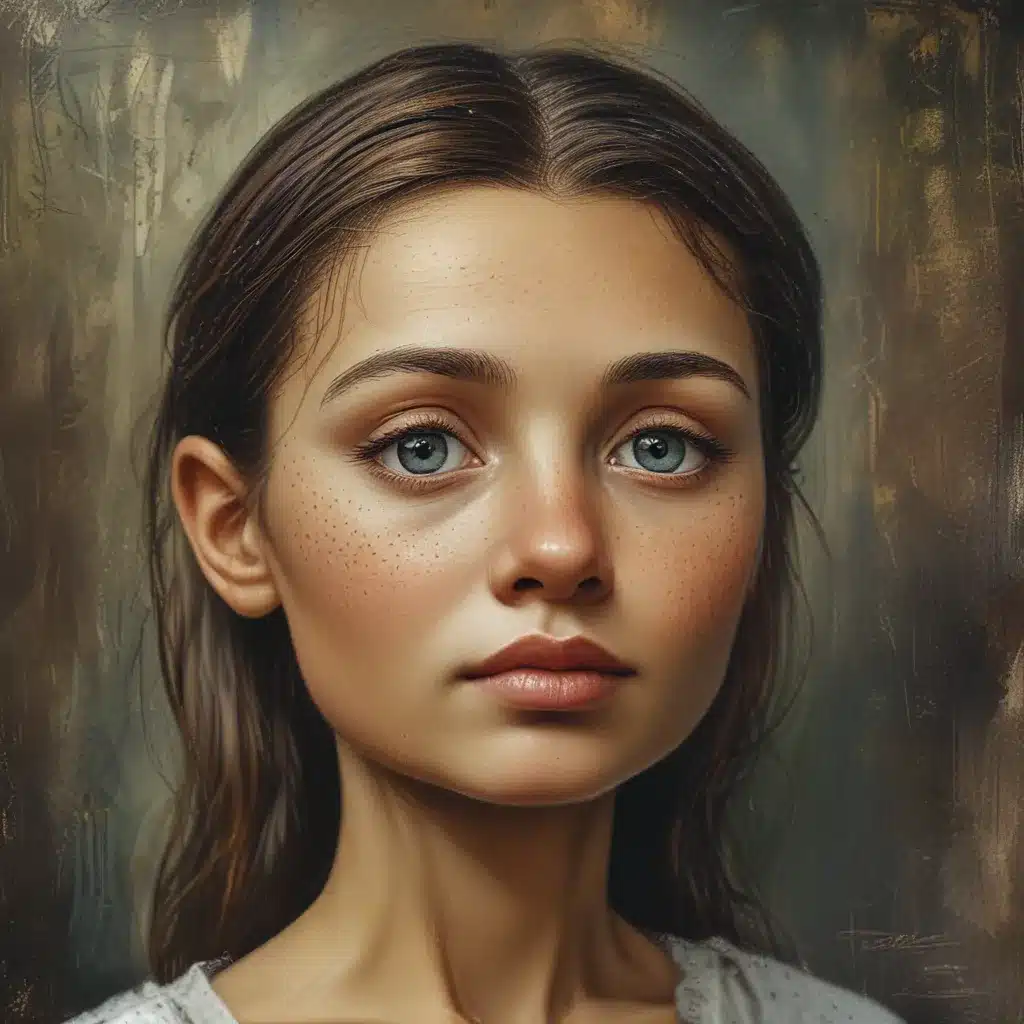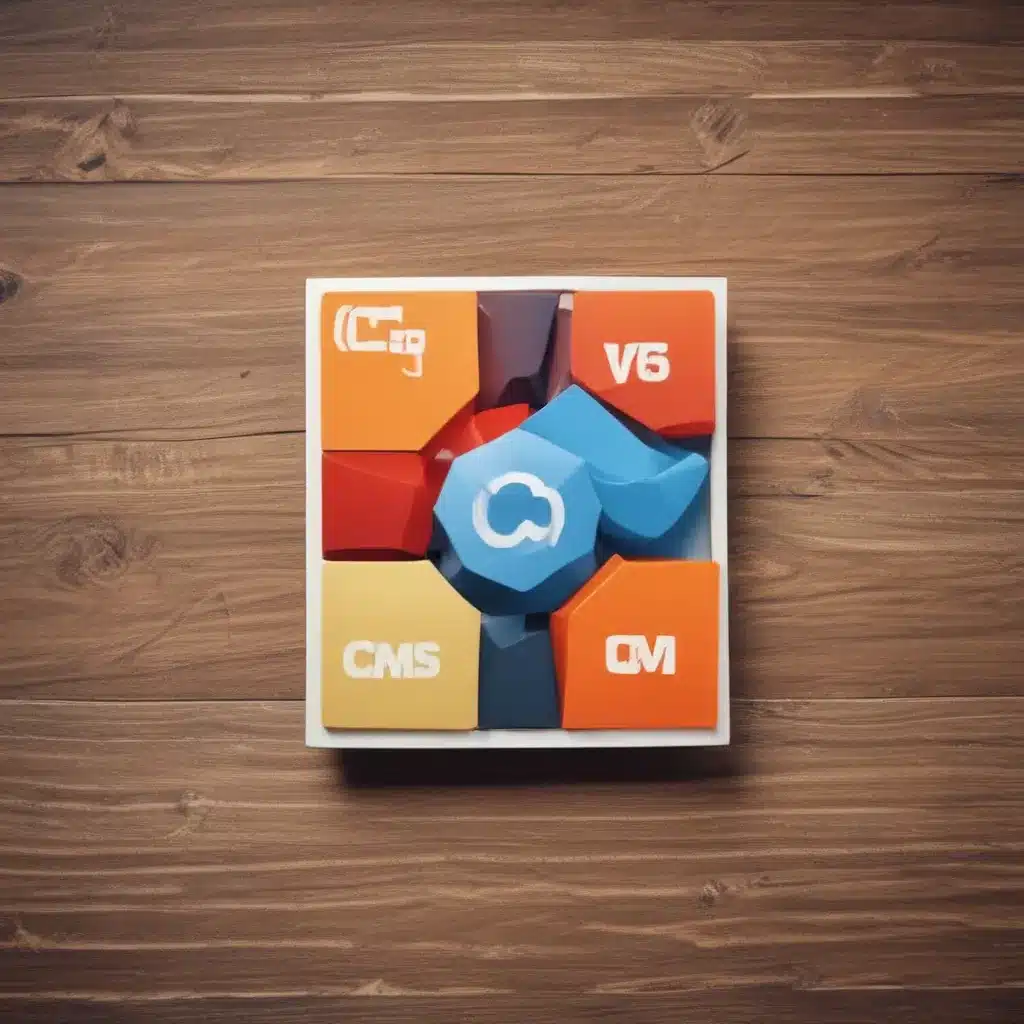
The ever-evolving landscape of digital media has brought forth a remarkable shift in the way we consume and interact with video content. As online videos become increasingly prevalent, the need to ensure accessibility for individuals with visual impairments has become a pressing concern. Audio descriptions, which provide narrated explanations of the visual elements in a video, play a crucial role in making video content accessible to those with limited or no sight. However, the manual creation of high-quality audio descriptions has traditionally been a resource-intensive and time-consuming process, often posing a significant challenge for content creators and broadcasters.
The Rise of Automatic Audio Description Generation
In recent years, the field of automatic audio description generation has seen remarkable advancements, offering a promising solution to this accessibility challenge. By leveraging advanced natural language processing, computer vision, and text-to-speech technologies, researchers and developers have been able to create systems that can automatically generate audio descriptions for video content, making it more inclusive and accessible for visually impaired viewers.
Overcoming the Limitations of Manual Audio Description
The traditional approach of manually creating audio descriptions for videos has several limitations. First and foremost, it requires a significant investment of time and resources, as it involves the careful analysis of video content, the crafting of descriptive narratives, and the recording and editing of the audio tracks. This process is especially challenging for live or time-sensitive video content, such as sports broadcasts, where the need for real-time audio descriptions is paramount.
Furthermore, the reliance on human resources can lead to inconsistencies in the quality and delivery of the audio descriptions, as individual describers may have varying levels of expertise, personal biases, and interpretations of the visual elements. This can result in a less cohesive and potentially less effective experience for visually impaired viewers.
The Promise of Automated Solutions
Automatic audio description generation systems aim to address these limitations by leveraging the power of artificial intelligence and machine learning. These systems can analyze video content, identify and interpret the critical visual elements, and then generate concise and accurate audio descriptions that can be seamlessly integrated into the video stream.
One of the key benefits of these automated solutions is their ability to provide real-time audio descriptions, making them particularly well-suited for live events and time-sensitive content. By eliminating the need for manual intervention, these systems can deliver a consistent and reliable audio description experience, ensuring that visually impaired viewers can fully engage with the video content.
Moreover, the advancement of natural language processing techniques has enabled these automated systems to generate audio descriptions that are more natural, expressive, and closely aligned with the intended meaning and tone of the video content. This level of sophistication helps to create a more immersive and engaging experience for the viewer, further enhancing the accessibility of the video.
The Development of Automatic Audio Description Systems
The development of automatic audio description systems typically involves a multi-step process, leveraging various technologies and techniques to achieve the desired level of accuracy and quality.
Computer Vision and Scene Understanding
At the core of these systems is the ability to analyze the video content and extract the relevant visual information. This is achieved through the application of computer vision algorithms and deep learning models, which can identify and classify the various visual elements within the video, such as objects, actions, facial expressions, and scene changes.
By understanding the visual context of the video, the system can then generate appropriate textual descriptions that capture the essential details and convey the meaning of the visual content.
Natural Language Processing and Text Generation
Once the visual elements have been identified, the system must translate this information into natural language descriptions. This is where natural language processing (NLP) techniques come into play, enabling the system to generate coherent and grammatically correct sentences that accurately describe the visual content.
Advanced NLP models, such as transformer-based language models, can be trained on large datasets of human-written audio descriptions to learn the patterns and conventions of effective descriptive narratives. This allows the system to produce audio descriptions that sound natural and human-like, further enhancing the accessibility and user experience.
Text-to-Speech Conversion
The final step in the automatic audio description process is the conversion of the generated text into an audio format that can be seamlessly integrated into the video. This is typically achieved through the use of high-quality text-to-speech (TTS) engines, which can convert the textual descriptions into synthesized speech.
Modern TTS systems have made significant advancements in terms of naturalness, expressiveness, and intelligibility, enabling the creation of audio descriptions that are almost indistinguishable from human-recorded narration. This level of audio quality is essential for providing a seamless and immersive experience for visually impaired viewers.
Case Studies and Real-World Applications
The development of automatic audio description systems has been an active area of research and development, with several notable case studies and real-world applications emerging in recent years.
The NHK Automatic Audio Description System
One of the pioneering efforts in this field is the work done by the NHK (Japan Broadcasting Corporation), which developed an automatic audio description system for live television sports programs. This system, which was deployed during the 2016 Rio Olympic and Paralympic Games, was able to generate real-time audio descriptions by analyzing the live event data and converting it into natural-sounding narration.
The NHK system demonstrated the potential of automated solutions to overcome the challenges of producing audio descriptions for live events, where the time constraints and dynamic nature of the content make manual audio description creation particularly challenging. The successful deployment of this system during the Rio Games highlighted the feasibility and benefits of incorporating automatic audio description generation into live television broadcasts.
Automatic Audio Description for User-Generated Videos
Another area of focus for automatic audio description systems is the accessibility of user-generated video content, which has become increasingly prevalent on platforms like YouTube and social media. Researchers have explored methods for automatically generating audio descriptions for these types of videos, which can often lack the contextualization and visual information necessary for visually impaired viewers to fully comprehend the content.
By leveraging computer vision and natural language processing techniques, these systems can analyze the video content, identify the critical visual elements, and generate descriptive audio tracks that can be seamlessly integrated into the video playback. This has the potential to significantly improve the accessibility of user-generated content, which is often overlooked by traditional video accessibility solutions.
Adoption and Integration Challenges
While the development of automatic audio description systems has shown promising results, the widespread adoption and integration of these technologies still face some challenges. One of the key obstacles is the need for these systems to be highly accurate and reliable, as any errors or inconsistencies in the audio descriptions can negatively impact the user experience for visually impaired viewers.
Additionally, the integration of these automated systems into existing video platforms and content workflows can pose technical and logistical hurdles, as content creators and platform providers must ensure seamless integration and compatibility with their existing systems and infrastructure.
Despite these challenges, the continued advancement of artificial intelligence and natural language processing technologies, coupled with the growing demand for inclusive and accessible video content, suggests that automatic audio description generation will play an increasingly important role in the future of digital media accessibility.
Conclusion: Towards a More Inclusive Digital Landscape
The advent of automatic audio description generation systems represents a significant step forward in making video content more accessible to individuals with visual impairments. By leveraging the power of artificial intelligence and machine learning, these systems can provide real-time, high-quality audio descriptions that enhance the viewing experience for visually impaired viewers, enabling them to fully engage with and comprehend the visual content.
As the digital landscape continues to evolve, the integration of automatic audio description generation will become increasingly critical in ensuring that the online world is inclusive and accessible to all. Content creators, platform providers, and technology companies must work together to prioritize the development and implementation of these innovative solutions, helping to bridge the accessibility gap and create a more equitable digital experience for everyone.
By embracing the potential of automatic audio description generation, we can work towards a future where the richness and diversity of video content is truly accessible to all, empowering visually impaired individuals to fully participate in the digital world and enjoy the same level of engagement and immersion as their sighted counterparts.
Stronyinternetowe.uk is at the forefront of these advancements, providing comprehensive web design and development services that prioritize accessibility and inclusivity. Our team of experts is dedicated to staying ahead of the curve, incorporating the latest accessibility technologies and best practices to ensure that the websites we create are accessible to all users, regardless of their abilities.




